Can Plastic Surgeons Remove Cysts? Everything You Need to Know
What is a cyst?
A cyst is a closed sac or pouch-like structure, typically filled with fluid, air, or semi-solid material, that can form within any tissue in the body. Cysts can vary in size from microscopic to very large and can develop in various parts of the body, including the skin, organs, and bones. They may be benign (non-cancerous) or malignant (cancerous), and their formation can be influenced by factors such as infection, blockage of ducts, or genetic conditions. Depending on the type and location, cysts may or may not cause symptoms, but they can sometimes lead to pain, discomfort, or complications if left untreated.
Here are some common types of cysts :
Sebaceous Cysts: These are cysts filled with oily or waxy material called sebum. They often occur on the skin and are usually harmless but can sometimes become infected.
Epidermoid Cysts: Similar to sebaceous cysts, epidermoid cysts form just beneath the skin and are filled with a cheese-like substance. They are generally non-cancerous and may develop after a hair follicle becomes blocked.
Ganglion Cysts: Ganglion cysts are fluid-filled sacs that form on joints and tendons, typically in the wrists, hands, or feet. They can vary in size and may cause discomfort or pain, especially with movement.
Dermoid Cysts: Dermoid cysts are growths that contain tissues such as hair, skin, or teeth. They can develop in various parts of the body and are typically present at birth. While often benign, they may need to be removed if they cause symptoms or complications.
Seeking a qualified plastic surgeon for cyst removal is paramount for ensuring safe and effective treatment. Dr. Kanika Single, recognized as the best cosmetic and plastic surgeon in Meerut, brings a wealth of expertise and experience to the table. With her specialized training and meticulous approach, patients can trust in her ability to accurately diagnose the type of cyst and determine the most appropriate course of action.
The Cyst Removal Procedure :
The cyst removal procedure, performed by skilled plastic surgeons, typically involves several key steps. Firstly, the surgeon administers local anesthesia to numb the area before making an incision to access the cyst. Depending on the cyst’s size and location, the surgeon carefully extracts it, ensuring minimal damage to surrounding tissues. Surgical techniques may vary, with some cysts requiring excision while others may be drained. After removal, the incision site is meticulously closed with sutures to promote proper healing and minimize scarring. The recovery process varies depending on the individual and the extent of the procedure but typically involves keeping the area clean and dry, avoiding strenuous activities, and taking prescribed medications as directed. Post-operative care may include regular follow-up appointments to monitor healing progress and address any concerns promptly. Overall, under the care of a skilled plastic surgeon, cyst removal is a safe and effective procedure with favorable outcomes for patients.
Risks and Complications:
Potential risks of cyst removal include infection, bleeding, scarring, and recurrence. Plastic surgeons mitigate risks by adhering to sterile techniques, precise incision closure, and appropriate post-operative care. Healing involves mild discomfort, swelling, and temporary limitations in movement, typically managed with pain medications and follow-up appointments to monitor recovery progress and address any complications promptly.
Cost and Insurance Coverage of Cyst Removal :
The cost of cyst removal can vary depending on factors such as the type and size of the cyst, the complexity of the procedure, and the surgeon’s fees. In many cases, cyst removal is considered a medical necessity, particularly if the cyst is causing symptoms or complications, and may be covered by health insurance. However, coverage can vary depending on the individual’s insurance plan and policy terms.
Key Points:
- Cysts are closed sacs filled with fluid, air, or semi-solid material that can form in various parts of the body.
- Plastic surgeons can safely remove cysts using surgical techniques, minimizing risks and promoting optimal healing.
- The procedure typically involves local anesthesia, incision, cyst removal, and closure.
- Recovery involves mild discomfort, swelling, and temporary limitations, managed with pain medications and follow-up care.
- Costs and insurance coverage for cyst removal vary depending on factors such as the type of cyst and insurance plan.
FAQs:
The duration of cyst removal surgery varies depending on factors such as the size and location of the cyst. Generally, the procedure can take anywhere from 30 minutes to an hour.
Scarring is a common concern after cyst removal. However, the extent of scarring depends on factors such as the size of the incision and the individual’s skin healing process. Plastic surgeons strive to minimize scarring by using precise surgical techniques and proper wound care.
The recovery period following cyst removal varies from person to person and depends on factors such as the size and location of the cyst, as well as individual healing abilities. In general, most patients can expect mild discomfort, swelling, and temporary limitations in movement for about 1-2 weeks. Full recovery may take several weeks, during which patients are advised to follow their surgeon’s post-operative instructions carefully.
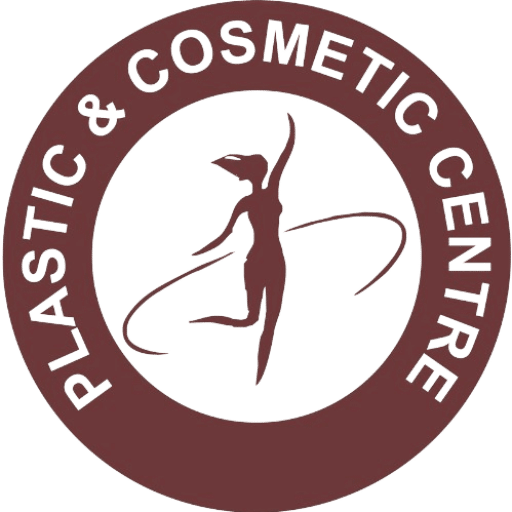
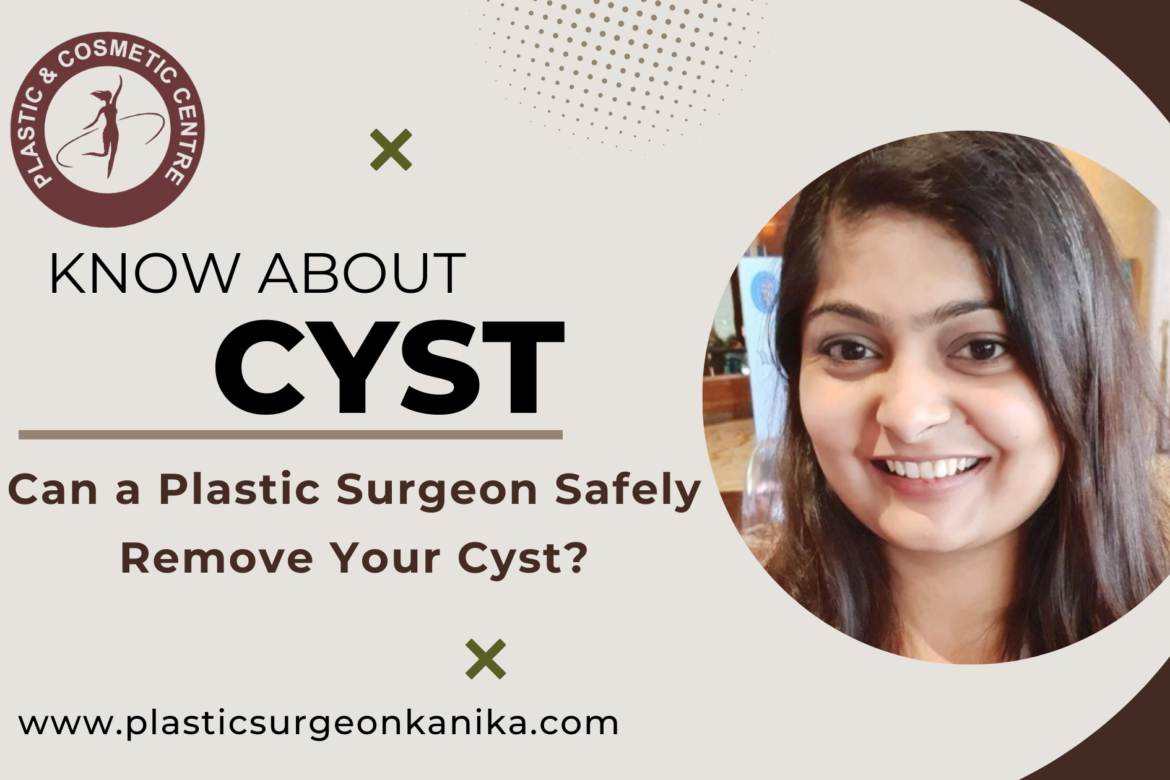
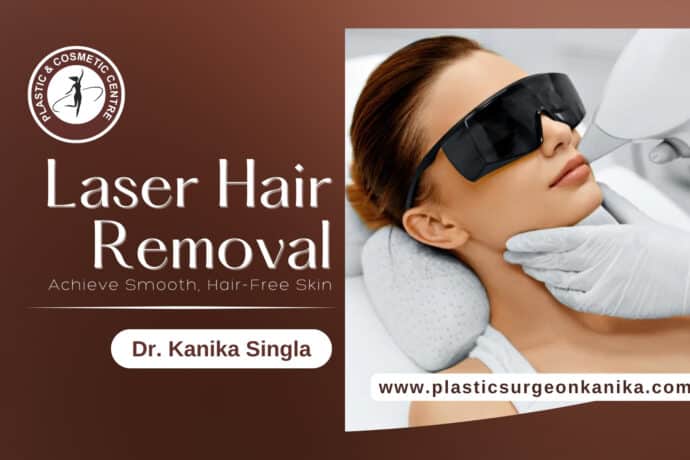
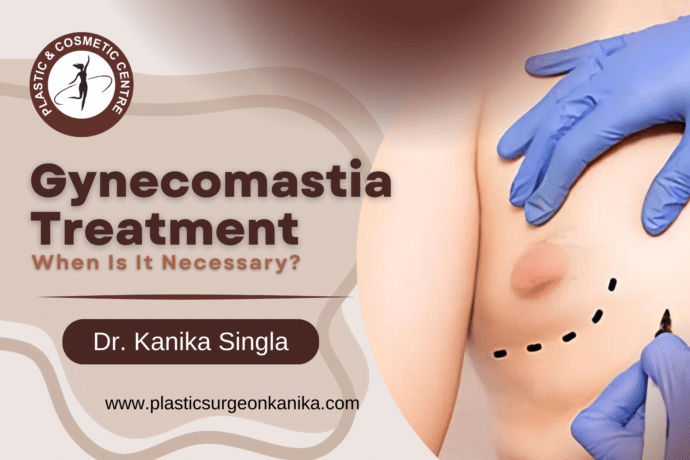
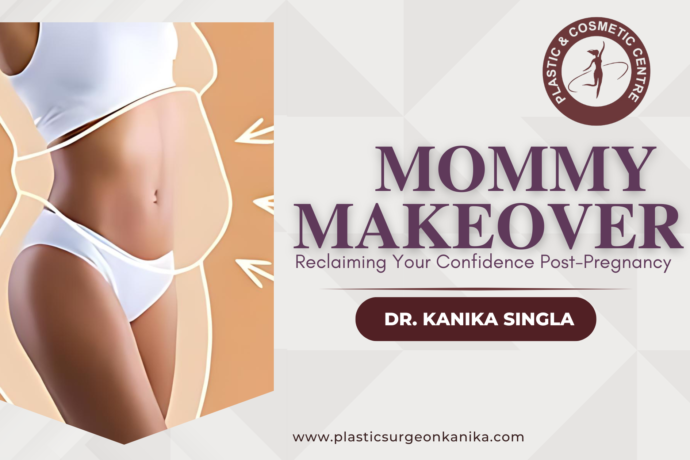
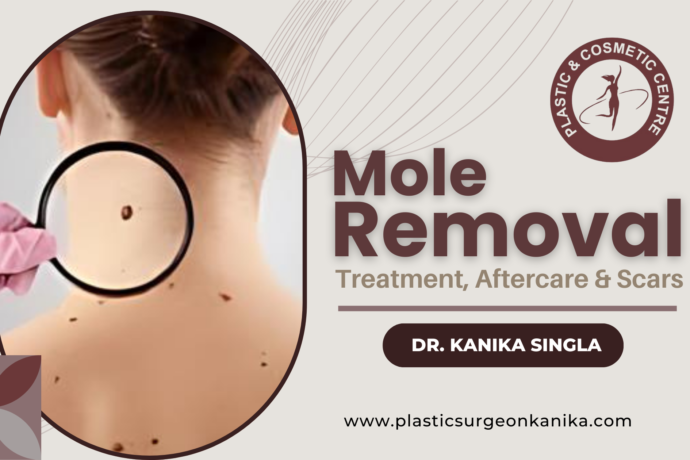
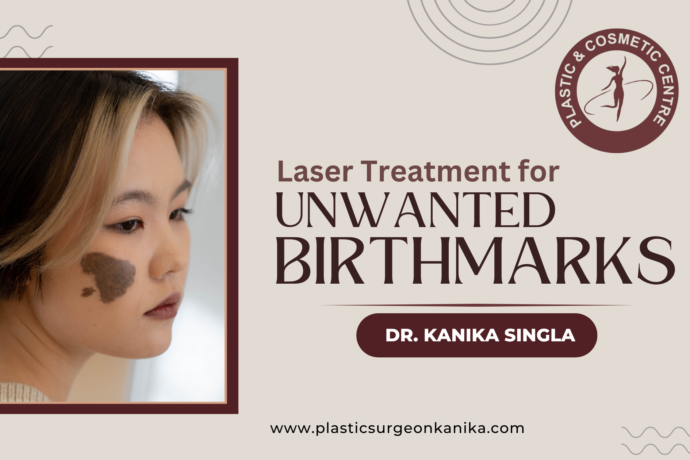
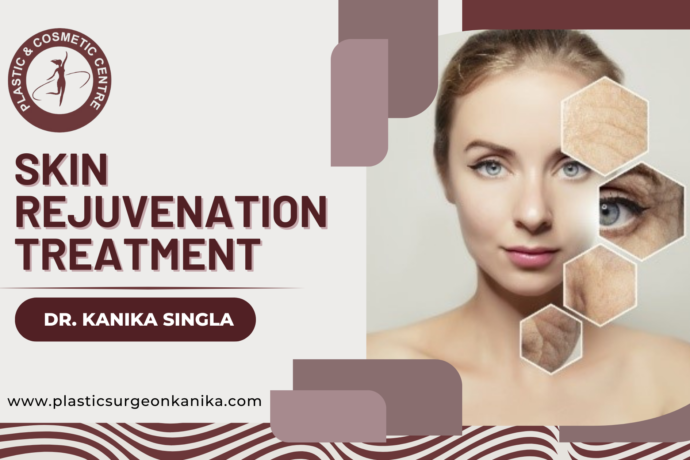
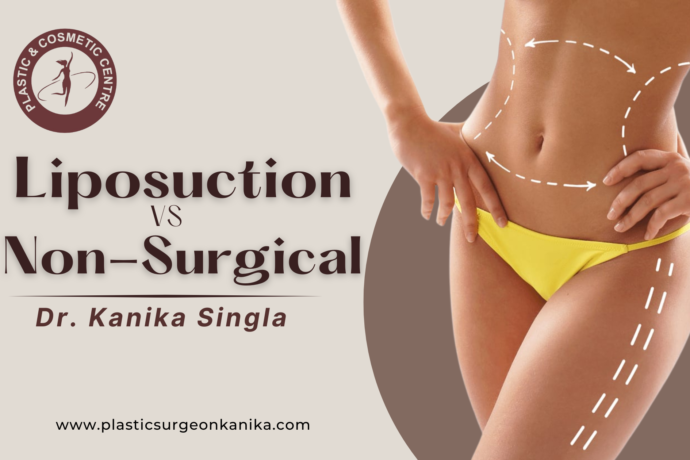
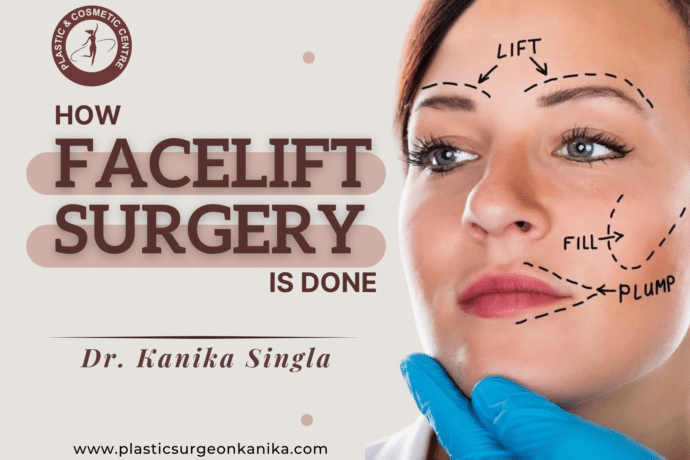
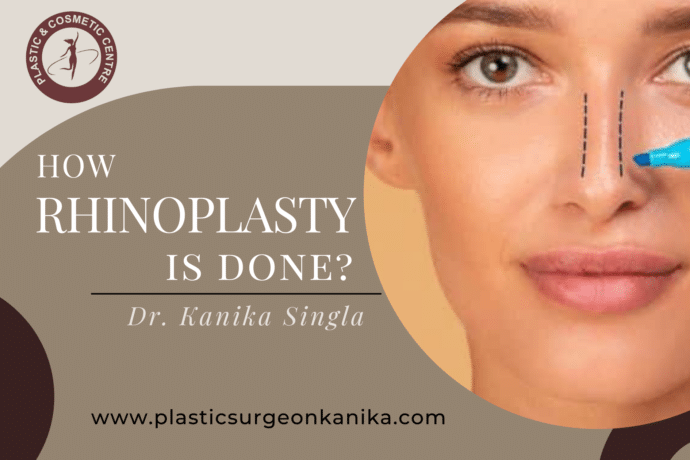
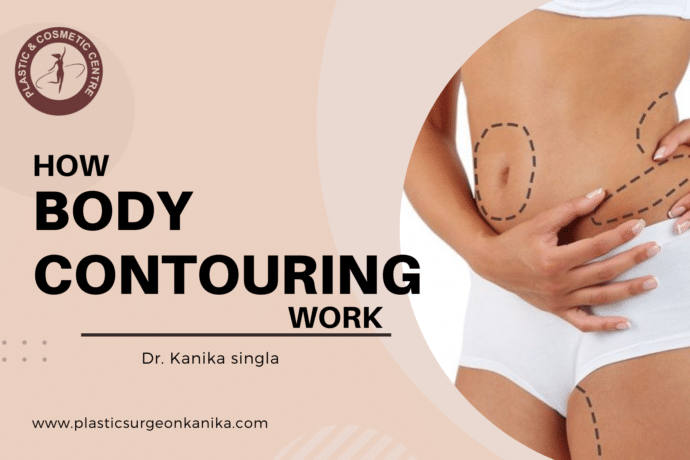
Leave a comment